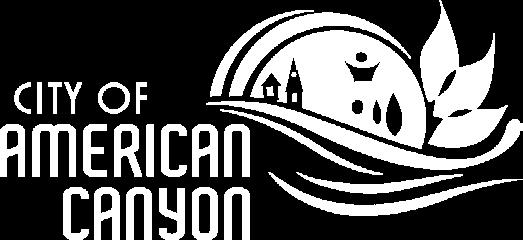2024 ANNUAL water quality REPORT

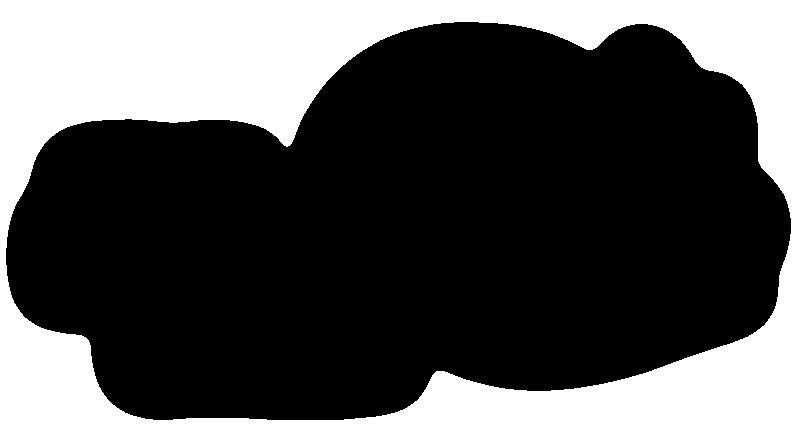





























The City of American Canyon is pleased to present its 2024 Water Quality Report, enhanced with a fresh design and content to help you understand where your water comes from and how we keep it safe.
Clean water flows through every part of daily life — shaping the way we live, work and play. From morning routines to evening meals, countless moments of each day depend upon having safe, clean water. American Canyon’s drinking water is rigorously tested to ensure it meets the highest standards, ensuring you can turn on the tap with confidence.
Behind the scenes are dedicated professionals maintaining our treatment plants, testing water quality and planning for future needs. Our water infrastructure supports not just households, but also the businesses and industries that drive our local economy.
From the Phillip West Aquatics Center to our beautiful parks and open spaces, water enhances our recreation and the natural beauty that makes American Canyon such a great place to play. Sustainable water practices help preserve these resources for generations to come.
This report provides insights into your water’s journey from source to tap, including detailed information about water quality, testing results and our ongoing efforts to safeguard American Canyon’s water supply for generations to come.
To learn more, attend any regularly scheduled City Council meeting, held on the first and third Tuesdays of each month at 6:30 p.m. at the American Canyon City Hall Council Chambers at 4381 Broadway, Suite 201.
Sincerely,
Dominic Patrick Water Systems Manager
If you have questions about this report or your water quality, please contact our Water Systems Manager at (707) 647-5353. For emergencies after hours or on weekends or holidays, the City of American Canyon’s answering service can be reached at (707) 995-8674.

American Canyon’s dedicated Water Treatment & Distribution team works tirelessly to deliver safe, reliable water to our community.
Our comprehensive water journey ensures your safety at every step:
h PUMPED: Water is drawn from our sources and carefully monitored.
h TREATED: Our dual treatment systems use advanced filtration systems to remove contaminants.
h DISTRIBUTED: Treated water flows through a meticulously maintained network.
h RECYCLED: Sustainable practices conserve this precious resource, recycling it for use on landscapes and other irrigation.
Our team of water professionals monitors every stage of treatment, ensuring safe and reliable water is efficiently delivered to your taps.

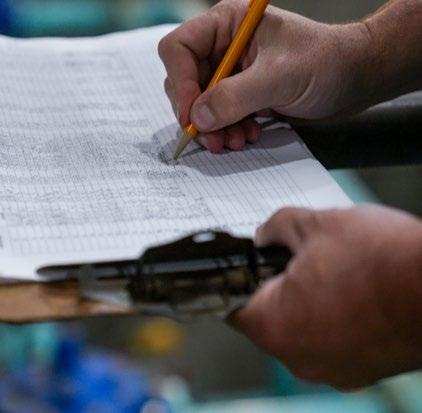
WATER DISTRIBUTION PROCESS EXPLAINED
American Canyon is committed to wisely stewarding our financial and environmental resources. Every dollar you pay for water service supports essential functions.
We’re constantly working to lower our operating expenses. Recent cost-saving initiatives include repairing major leaks, installing solar power at our treatment facilities to reduce electricity costs and implementing advanced membrane filtration systems with longer lifespans. These sustainable improvements not only enhance service quality but also stabilize rates while protecting our vital water resources for generations to come.
American Canyon’s water primarily comes from the State Water Project (SWP) through the North Bay Aqueduct (NBA), originating at Barker Slough. During high-demand periods, we supplement with treated water purchased from Vallejo and Napa.
Our dual-plant treatment system combines conventional treatment with advanced membrane technology to provide exceptional water quality. Filtered water is disinfected with chlorine and pH-adjusted before distribution, with all processes monitored by state-certified operators.
786,933,286 MILLION GALLONS of Water Delivered Annually
4.4
400
21,000 CUSTOMERS SERVED
To ensure your water is safe to drink, we follow rigorous federal and state regulations that limit contaminants in public water systems. We conduct comprehensive testing throughout the year, monitoring for over 100 potential contaminants. Our tests ensure that American Canyon’s water consistently meets or exceeds all drinking water standards set by the U.S. Environmental Protection Agency and the State Water Resources Control Board.



Main Source: State Water Project (SWP)
Supplemental Supply (during peaks) Treated water from the cities of Napa and Vallejo
Future Source: Sites Reservoir Project
Water Transportation








For more information about water quality and treatment, visit www.DrinkTap.org , a resource designed to explain complex water topics in easy-to-understand formats.
American Canyon continuously invests in its water system to ensure clean, reliable and safe water for our community. The following projects play a key role in that effort.
Ultrafiltration Membrane Replacement In Progress
This project will replace aging membrane filters at our Water Treatment Plant, increasing capacity by 33% while enhancing removal of contaminants. The upgrade significantly improves drinking water quality and safety for all residents.
In Progress
This ongoing project replaces the 8-inch water main along Knightsbridge Way and its associated courts, while simultaneously upgrading ADA curb ramps and improving crosswalks and pavement conditions throughout the neighborhood.
Rancho Del Mar Paving & Utility Improvements In Progress
Construction is underway to upgrade water mains, repair sewer systems, enhance pavement and improve ADA accessibility across multiple streets in the Rancho Del Mar neighborhood.
SCADA System Upgrades In Progress
American Canyon will be upgrading its Supervisory Control and Data Acquisition (SCADA) systems to enhance water quality monitoring, system reliability, regulatory compliance and cybersecurity.





The sources of drinking water (both tap water and bottled water) include rivers, lakes, streams, ponds, reservoirs, springs and wells. As water travels over the surface of the land or through the ground, it dissolves naturally-occurring minerals and, in some cases, radioactive material, and can pick up substances resulting from the presence of animals or from human activity.
Contaminants that may be present in untreated source water include:
Microbial contaminants, such as viruses and bacteria, that may come from sewage treatment plants, septic systems, agricultural livestock operations and wildlife.
Inorganic contaminants, such as salts and metals, that can be naturally-occurring or result from urban stormwater runoff, industrial or domestic wastewater discharges, oil and gas production, mining or farming.
Pesticides and herbicides that may come from a variety of sources such as agriculture, urban stormwater runoff and residential uses.
Organic chemical contaminants, including synthetic and volatile organic chemicals, that are byproducts of industrial processes and petroleum production, and can also come from gas stations, urban stormwater runoff, agricultural application and septic systems.
Radioactive contaminants, which can be naturally occurring or the result of oil and gas production and mining activities.

Coliforms are bacteria that are not harmful at low levels and are naturally present in the environment. Positive samples can result due to improper laboratory sampling analysis, improper sample collection, new construction, repair and/or biological activity occurring with equipment and piping.
The Revised Total Coliform Rule (RTCR) establishes a maximum contaminant level (MCL). It requires public water systems (PWS) to assess sanitary defects and then correct them. Total coliform samples must be collected by PWS at sites which represent water quality throughout the distribution system. Water systems that exceed a specified frequency of total coliform occurrences must conduct an assessment to determine if any sanitary defects exist. If found, the water system must correct these defects. The state Revised Total Coliform Rule became effective July 1, 2021.
The City of American Canyon routinely monitors for contaminants in your drinking water according to federal and state laws. The following pages show the results of our most recent monitoring for the period of January 1, 2024, through December 31, 2024, unless otherwise noted.
All drinking water, including bottled water, may be reasonably expected to contain at least small amounts of some contaminants. The presence of contaminants does not necessarily indicate that the water poses a health risk. More information about contaminants and potential health effects can be obtained by calling the Environmental Protection Agency’s Safe Drinking Water Hotline att 1-800-426-4791.
Some people may be more vulnerable to contaminants in drinking water than the general population. Immuno-compromised individuals such as those with cancer undergoing chemotherapy, those who have undergone organ transplants, people with HIV/AIDS or other immune system disorders, some elderly and infants can be particularly at risk from infections. These people should seek advice about drinking water from their health care providers.
Environmental Protection Agency (EPA) guidelines on appropriate means to lessen the risk of infection by Cryptosporidium and other microbiological contaminants are available from the Safe Drinking Water Hotline at 1-800-426-4791.
To aid in understanding the information on the following pages, American Canyon has compiled a list of important definitions and acronyms below.
Action Level (AL): The concentration of a contaminant which, if exceeded, triggers treatment or other requirements which a drinking water system must follow.
Maximum Contaminant Level (MCL): The highest level of a contaminant that is allowed in drinking water. Primary MCLs are set as close to the PHGs (or MCLGs) as is economically or technologically feasible. Secondary maximum contaminant levels (SMCL’s) are set to protect the odor, taste and appearance of drinking water.
Maximum Contaminant Level Goal (MCLG): The level of a contaminant in drinking water below which there is no known or expected risk to health. MCLGs are set by the US EPA.
Maximum Residual Disinfectant Level (MRDL): The level of a disinfectant added for water treatment that cannot be exceeded at the consumer’s tap.
Maximum Residual Disinfectant Level Goal (MRDLG): The level of a disinfectant added for water treatment below which there is no known or expected health risk. MRDLGs are set by the US EPA.
Primary Drinking Water Standard (PDWS): MCLs and MRDLs for contaminants that affect health along with their monitoring and reporting requirements, and water treatment requirements.
Public Health Goal (PHG): The level of a contaminant in drinking water below which there is no known or expected risk to health. PHGs are set by the California Environmental Protection Agency.
Treatment Technique (TT): A required process intended to reduce the level of a contaminant in drinking water.
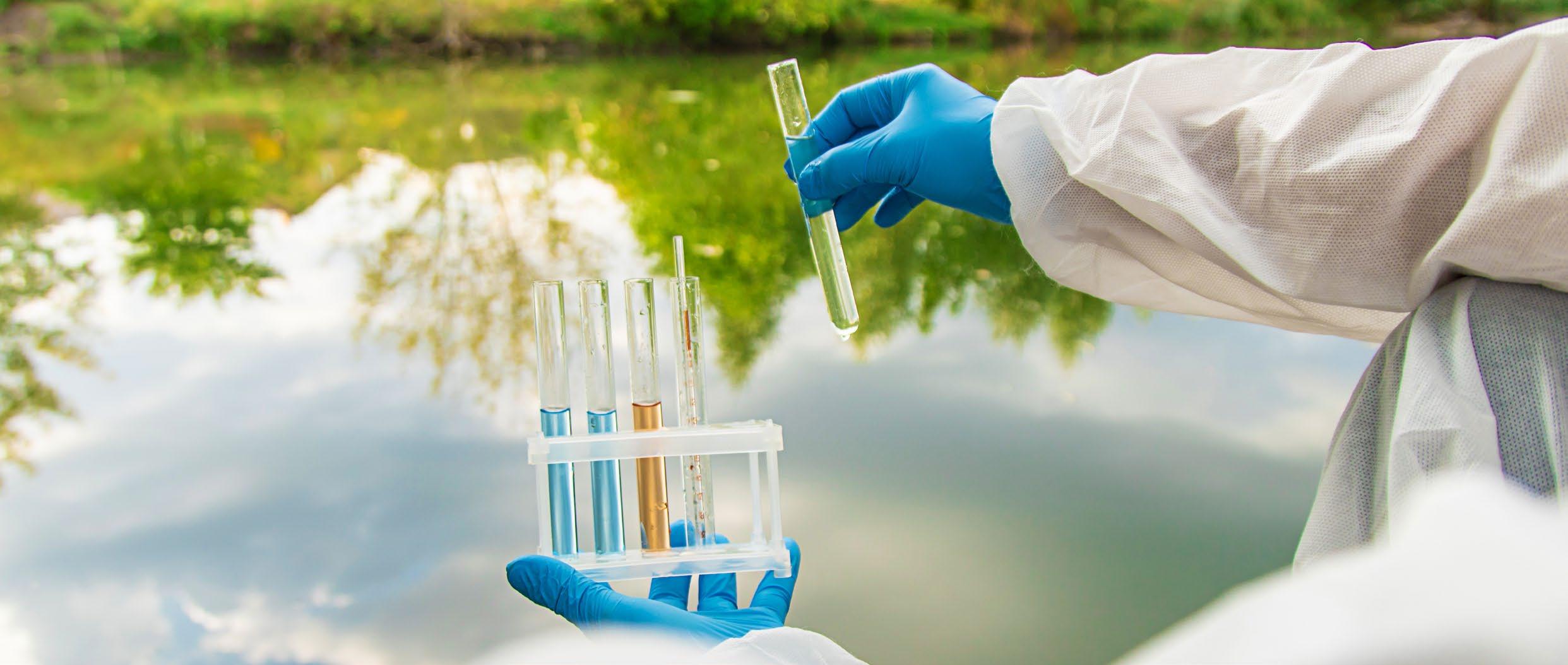
CDPH — California Department of Public Health
DBP — Disinfection Byproducts
HAA — Haloacetic Acids
NA — Not Analyzed
N/A — Not Applicable
NBA — North Bay Aqueduct
ND — None Detected
NL — Notification Level
NS — No Standard
SWP — State Water Project
THM — Trihalomethanes
TOC — Total Organic Carbon
uS/cm — microsiemens per centimeter
US EPA — United States Environmental Protection Agency
μg/L — Microgram per liter
Trace chemicals in water are typically measured in parts per million (ppm), parts per billion (ppb) or parts per trillion (ppt). The following comparisons help provide real-life context for the scale of those small concentrations. Part
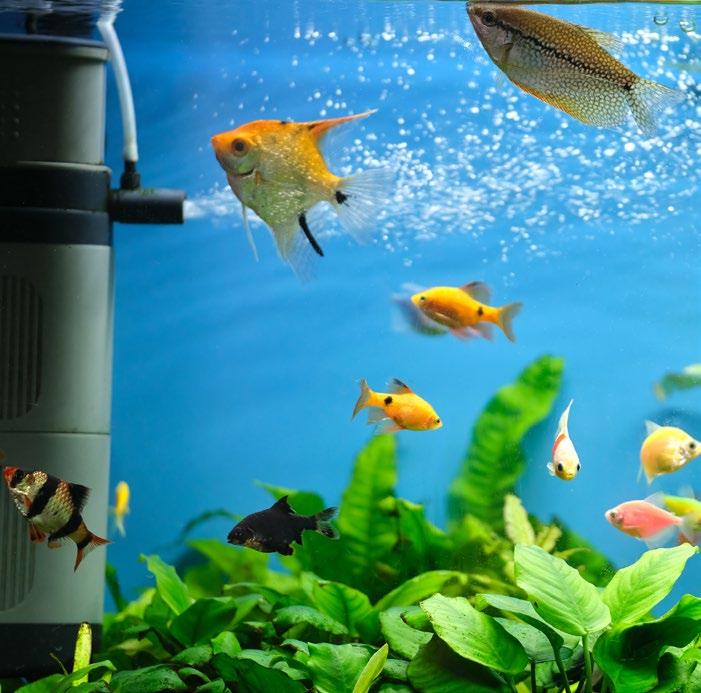
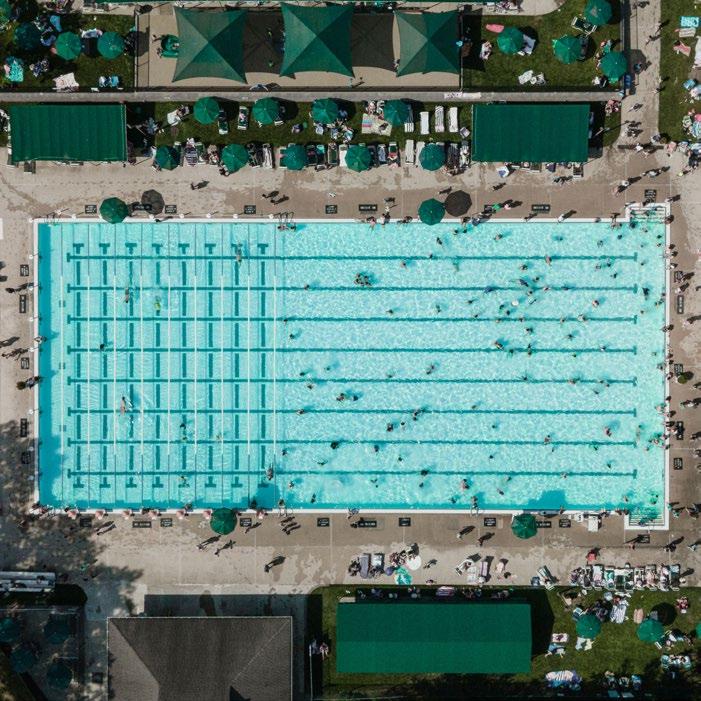
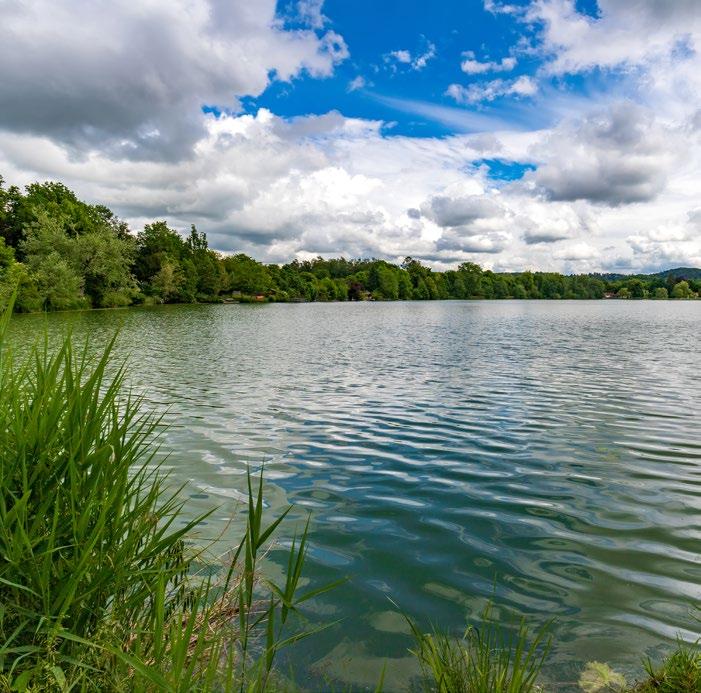
Microbiological Contaminants
routine sample and a repeat sample detect
Note: The City of American Canyon analyzes a minimum of 20 water samples per month throughout the year in the water distribution system for coliform bacteria.
Internal corrosion of household plumbing systems; erosion of natural deposits; leaching from wood preservatives
Disinfectant required by regulation to be added to drinking water.
Erosion of natural deposits; residual from some water treatment process
Discharge of oil drilling wastes and from metal refineries; erosion of natural deposits. Some people who drink water containing barium in excess of the MCL over many years may experience an increase in blood pressure.
Runoff and leaching from fertilizer use; leaching from septic tanks and sewage; erosion of natural deposits. Infants below the age of six months who drink water containing nitrate in excess of the MCL may quickly become seriously ill and, if untreated, may die because high nitrate levels can interfere with the capacity of the infant’s blood to carry oxygen. Symptoms include shortness of breath and blueness of the skin. High nitrate levels may affect the oxygencarrying ability of the blood of pregnant women.
Total organic carbon (TOC) has no health effects. However, total organic carbon provides a medium for the formation of disinfection byproducts.
Erosion of natural deposits; water additive that promotes strong teeth; discharge from fertilizer and
Sampling results for US EPA UNREGULATED MONITORING RULE (UCMR 5) (SWRCB DDW PFOA/PFOS) All Public Water Systems (PWSs) serving 10,000 or more service connections are required by US EPA to participate in this program. This data serves as a primary source of occurrence and exposure information that the US EPA uses to develop regulatory decisions. Large PWSs pay for their own testing costs.
*In 2024, our water system exceeded the MCL for Disinfection Byproducts (DBP). The MCL is based on the running annual average (RAA) of four quarters’ worth of sample data. DBPs are formed as a by-product of drinking water chlorination. This chemical reaction occurs when chlorine combines with naturally occurring organic matter in water. The results of these tests revealed levels exceeding the MCL (Maximum Contaminant Level). The MCL is 80 µg/L for TTHMs (Total Trihalomethanes) and 60 µg/L for HAA5 (Haloacetic Acids). Some people who drink water containing DBPs in excess of the MCL over many years may experience problems with their liver, kidneys or central nervous systems, and may have an increased risk of getting cancer. We are in the process of exploring the various options to reduce DBPs in your water supply.
Published June 2025
The City of American Canyon’s 2024 Annual Water Quality Report will be available in Spanish and Tagalog at AmericanCanyon.gov/WaterQuality by July 1, 2025.
El Informe anual sobre la calidad del agua de 2024 de la ciudad de American Canyon estará disponible en AmericanCanyon.gov/WaterQuality antes del 1 de julio de 2025.
Ang 2024 Taunang Ulat sa Kalidad ng Tubig ng Lungsod ng American Canyon ay magiging available sa AmericanCanyon.gov/WaterQuality bago ang Hulyo 1, 2025.
Rate assistance programs are available for qualifying customers. Visit AmericanCanyon.gov/Assistance for more information.
American Canyon uses Advanced Metering Infrastructure (AMI) to help conserve and prevent water loss. To empower our utility customers, we provide a Customer Water Usage Portal with several capabilities, including water tracking, comparison data and alerts to notify you of high water consumption. Learn more and create your account at AmericanCanyon.gov/MyWaterPortal. Visit AmericanCanyon.gov for more information.
